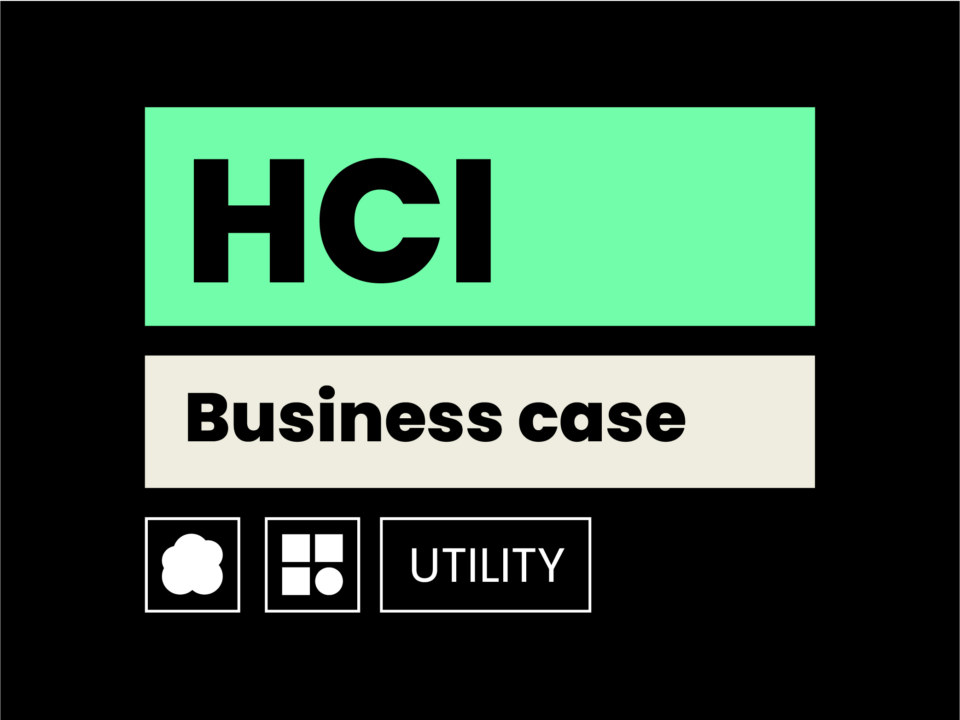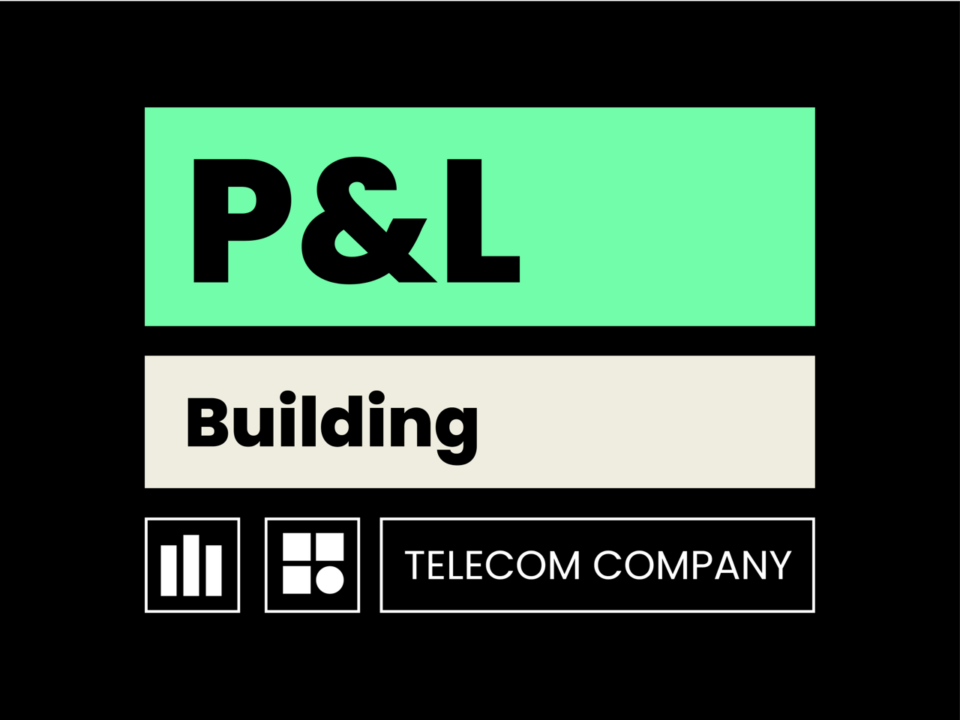5G roll-out in Brussels: it’s all about tactics
Creatively untangling the make-or-buy case for a private 5G network in Brussels, thereby deciding on dozens of M€ CAPEX
01. THE QUESTION
There’s been a lot of 5G buzz lately. Out utility customer, picked up on it. With good reason, because it has countless assets to hang antennas from. They also own many power outlets and connectivity across Brussels, which they might be able to use for capturing data from those antennas.
When our customer started to wonder if the world of 5G might have something to offer them, they called on Addestino for help. More specifically: they asked us to come up with their optimal 5G roll-out strategy for Brussels. We did.
02. THE PROCESS
Investigation told us there are many ways to launch 5G in Brussels—some cheaper and more efficient than others. The first challenge, therefore, was to weigh those options carefully against each other, both technologically and financially. To illustrate: should we use macro or micro cells, and where do we place them? Would data be transmitted wirelessly, via optical fibres yet to be laid? If so, where, when and how?
The second challenge was the city itself. Launching 5G in Brussels turned out to be quite the hassle, for many reasons. Its terrain, for one. Secondly, Belgium’s capital has a distinctive variation in population densities and high and low income neighbourhoods. And thirdly, the city is a complicated mix of business districts and residential areas. All those factors combined led to a single conclusion: for this city, standard modelling would not do.
That is why we made a comprehensive business model of Brussels from scratch. It included all municipalities, neighbourhoods, and even blocks. We looked at densities of people and their homes, and which antenna masts are located where. Next, we compared what the different 5G scenarios have to offer in terms of bandwidth, meaning: capacity versus costs.
03. THE RESULT
From our business model of Brussels, we were able to deduce our customer’s optimal 5G roll-out strategy: to lay low, at least for the next three years.
The first wave of 5G will most likely be carried out by telecom operators using macro cells, since that is currently the quickest and best way. But three years from now, macro cells will become saturated and micro cells will start to boom. Then, our customer will be ready, with permits to hang these micro cells from their assets all across Brussels.
Our advice to our customer, summarised in one sentence: extend your timeline, think tactically, and you’ll end up making a much bigger impact on the 5G market. At Addestino, we play it smart. An not having to look for several 10s of M€ external funding also helps of course.
Want to know more about this case?



